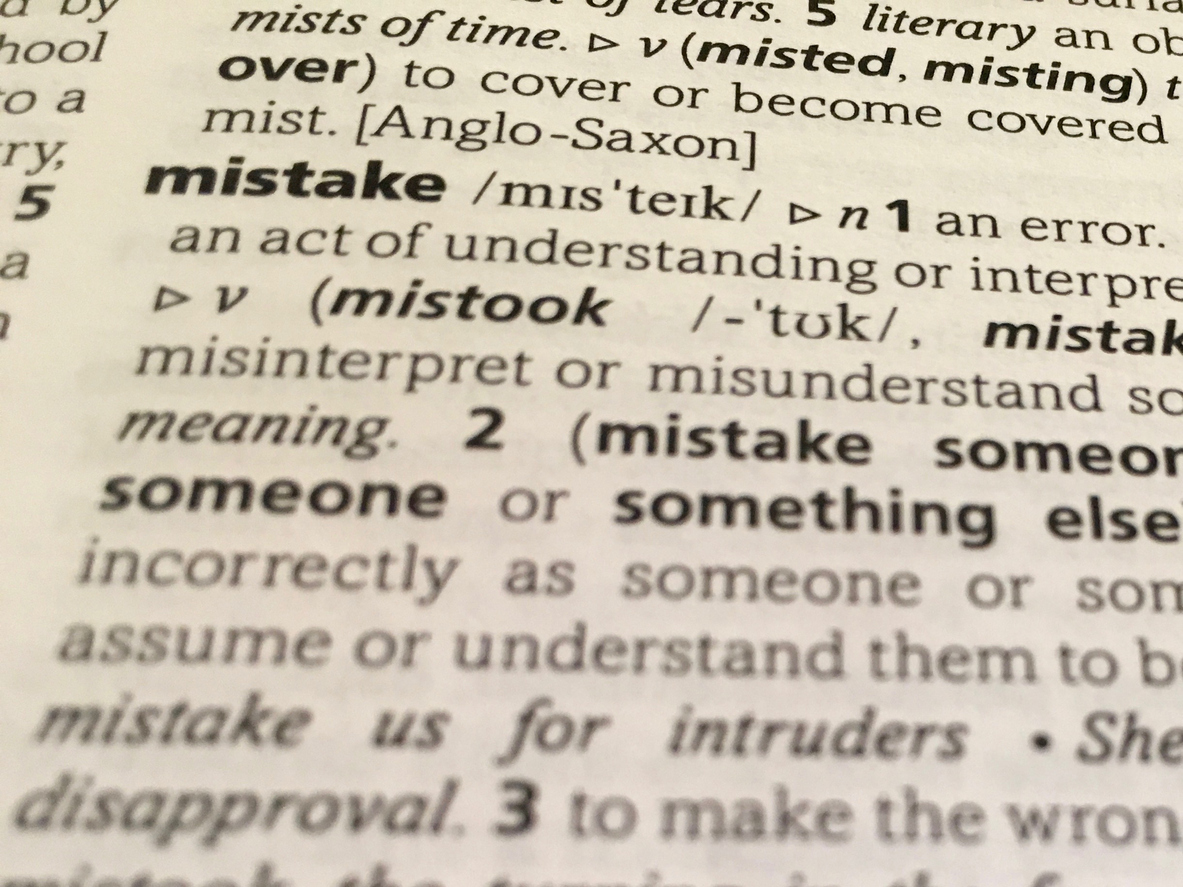Trade credit insurance is a risk management tool that protects businesses against losses from unpaid invoices or accounts receivable. It covers a company’s trade receivables in case a customer fails to pay due to insolvency, bankruptcy, default, or other reasons specified in the policy. The primary use of trade credit insurance is to safeguard a company’s accounts receivable from potential customer non-payment or insolvency. If a covered customer fails to pay an invoice, the insurance will indemnify the policyholder for the loss, typically between 75-90% of the invoice amount. This protects the company’s cash flow and balance sheet.
Insurance companies follow a thorough underwriting process to determine whether a business’s debtors are reliable enough to issue trade credit insurance. Many insurers offering trade credit insurance will analyze the financial health and payment behavior of each debtor to determine their likelihood of default. Many insurers rely on their extensive databases, credit reports from agencies, and proprietary risk scoring models for this analysis. The underwriters will generally seek this information about the quality of the debtors during the application process.
A recent case decision involving the application process for trade credit insurance was at issue. 1 In February 2020, Coface North America Insurance Company issued an international trade credit insurance policy to Magna Tyres USA, LLC. The policy provided coverage against losses due to the insolvency of and non-payment of Magna’s debtors, including Tires Direct, Inc. (TDI), Narsi, Inc., and Tire Super Center of Orlando LLC (TSCO). These companies were controlled by Sanjeet Singh Veen, who owed over $12 million to Magna and its related entities by May 2020. In May 2020, Magna filed insurance claims with Coface for unpaid invoices from TDI, Narsi, and TSCO. Coface suspended coverage for the TDI and Narsi claims, citing ongoing litigation between Magna and those companies, and denied the TSCO claim outright. Magna then sued Coface.
The key dispute centered on whether Magna made material misrepresentations in its insurance application that voided coverage for its claims. Magna argued it made no misrepresentations, while Coface maintained Magna’s omissions were material and barred recovery.
Coface argued that none of Magna’s insurance claims were covered under the policy because Magna made material misrepresentations in the insurance application. Specifically, Magna falsely denied knowledge of information detrimental to its customers’ creditworthiness, including that the Singh companies’ accounts were more than 60 days past due. Coface provided an affidavit from its Chief Underwriter stating that if Magna had disclosed the extent of the Singh companies’ debts and past due amounts, Coface would not have insured those debts under the policy. Coface argued that this established the misrepresentations were material to its acceptance of risk.
Magna argued it did not make any misrepresentation in the insurance application because Coface’s employee, William Clark, completed and submitted the application before having Magna sign it. Magna claimed it was not responsible for any omissions since Clark advised Magna to just sign the application if it had no changes. Magna asserted that when it signed the application, it believed it did not have information detrimental to the creditworthiness of its customers (the buyers). Magna contended that Question 11 on the application asking about detrimental credit information was ambiguous because it did not specify a time period or define what constitutes “information detrimental to the creditworthiness” of buyers. Finally, Magna argued it should not have been required to disclose all the debt information because some of the debt was owed to Magna’s related entities, not Magna itself.
The judge granted summary judgment in favor of Coface, finding that Magna had made material misrepresentations in its insurance application that voided coverage under the policy terms. Specifically, Magna answered “No” when asked if it had any information detrimental to the creditworthiness of its customers and left blank the question of how much was past due over 60 days. However, Singh’s companies owed Magna over $8.9 million as of December 2019, and Singh was regularly 90+ days past due.
The judge noted that the policy stated misrepresentations would prevent coverage if they were material to Coface’s acceptance of risk or if Coface would not have issued the policy if it knew the true facts. Coface’s Chief Underwriter testified they would not have insured the debts if Magna had disclosed the past due amounts and Singh’s control of the companies. Magna failed to provide any contradictory evidence to rebut this testimony. The judge found the misrepresentations were so gross that anyone would know they were material.
There are lessons for policyholders from this case that highlight the importance of providing complete and accurate information on insurance applications. Key takeaways include:
1. Disclose all material facts. Policyholders must disclose any information that could affect the insurer’s decision to provide coverage or impact the risk being insured. Omissions can void the policy.
2. Review applications carefully before signing. The policyholder is responsible for the application’s contents, even if the agent fills it out. Signing it affirms the information is true and complete.
3. Don’t rely on the insurer’s investigation. While insurers may look into certain matters, policyholders can’t assume this absolves them of being truthful. The application must still be accurate.
4. Misrepresentations can void coverage, even if unintentional. The policy here did not require intent. Innocent or unknowing misstatements still prevented recovery if they were material to the risk or coverage.
When it comes to applications, complete candor on insurance applications is critical. Policyholders must err on the side of over-disclosure to avoid potentially voiding their coverage down the line. Carefully reviewing all submissions to the insurer for accuracy is an essential risk management practice.
Thought For The Day
An ounce of prevention is worth a pound of cure.
—Benjamin Franklin
1 Magna Tyres USA v. Coface North America Ins. Co., No 6:22-CV-2176 (M.D. Fla. Aug. 26, 2024).




